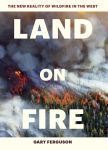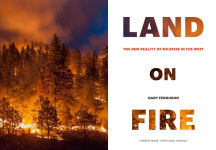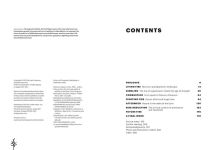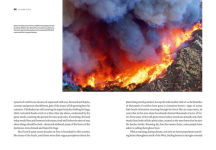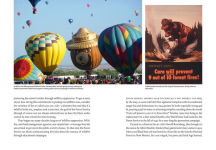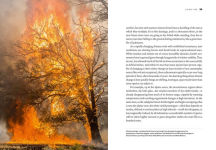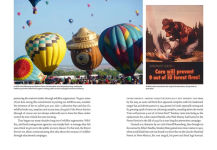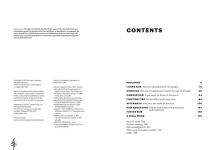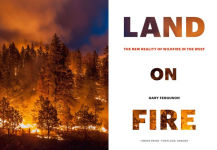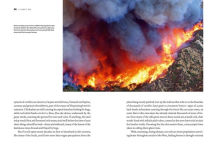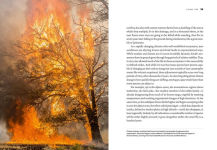Land on Fire: The New Reality of Wildfire in the West
“This comprehensive book offers a fascinating overview of how those fires are fought, and some conversation-starters for how we might reimagine our relationship with the woods.” —Bill McKibben, author of Eaarth: Making a Life on a Tough New Planet Wildfire season is burning longer and hotter, affecting more and more people, especially in the west. Land on Fire explores the fascinating science behind this phenomenon and the ongoing research to find a solution. This gripping narrative details how years of fire suppression and chronic drought have combined to make the situation so dire. Award-winning nature writer Gary Ferguson brings to life the extraordinary efforts of those responsible for fighting wildfires, and deftly explains how nature reacts in the aftermath of flames. Dramatic photographs reveal the terror and beauty of fire, as well as the staggering effect it has on the landscape.
1124212505
Land on Fire: The New Reality of Wildfire in the West
“This comprehensive book offers a fascinating overview of how those fires are fought, and some conversation-starters for how we might reimagine our relationship with the woods.” —Bill McKibben, author of Eaarth: Making a Life on a Tough New Planet Wildfire season is burning longer and hotter, affecting more and more people, especially in the west. Land on Fire explores the fascinating science behind this phenomenon and the ongoing research to find a solution. This gripping narrative details how years of fire suppression and chronic drought have combined to make the situation so dire. Award-winning nature writer Gary Ferguson brings to life the extraordinary efforts of those responsible for fighting wildfires, and deftly explains how nature reacts in the aftermath of flames. Dramatic photographs reveal the terror and beauty of fire, as well as the staggering effect it has on the landscape.
27.95
In Stock
5
1

Land on Fire: The New Reality of Wildfire in the West
212
Land on Fire: The New Reality of Wildfire in the West
212
27.95
In Stock

Product Details
| ISBN-13: | 9781604697001 |
|---|---|
| Publisher: | Timber Press, Incorporated |
| Publication date: | 06/21/2017 |
| Pages: | 212 |
| Sales rank: | 610,582 |
| Product dimensions: | 6.50(w) x 9.10(h) x 1.20(d) |
About the Author
From the B&N Reads Blog
